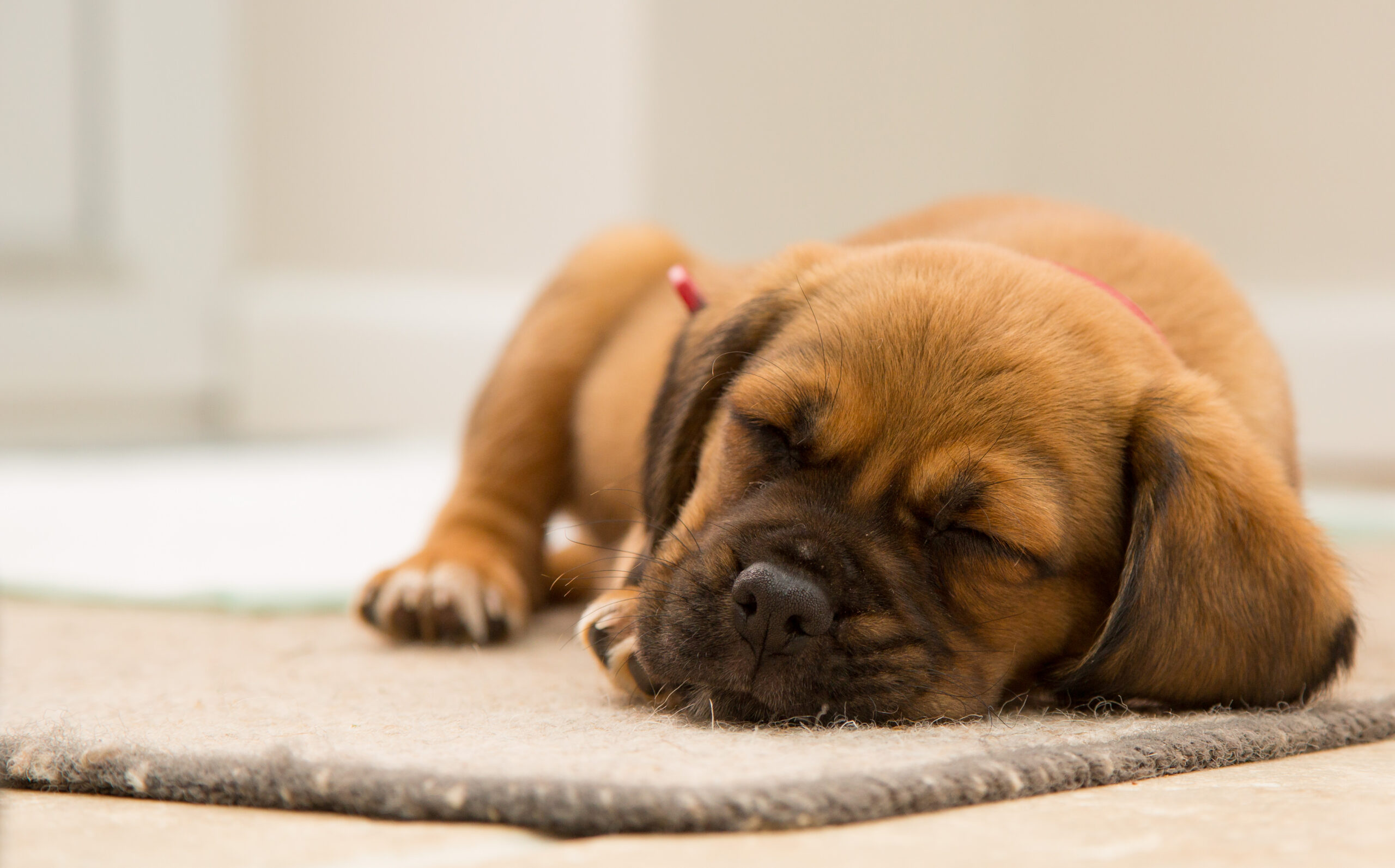Optimal Hair Color to Conceal Sparse Hair – Tips
Selecting the appropriate hair color is essential when dealing with sparse hair. The perfect shade not just enhances your look but also your self-assurance. It’s important to comprehend your choices, especially for receding hairlines or head cover strategies. This handbook will illustrate how to select colors that make your hair appear more voluminous and more vibrant.
Main Points
- Selecting the appropriate hair color is vital for concealing sparse hair.
- The optimal hair color for sparse crowns can boost overall look.
- Proper application techniques are vital for achieving realistic results.
- Using colors that complement your complexion can boost confidence.
- Thoughtfully applied highlights can provide depth to sparse hair using scalp different color from skin.
- Exploring head cover options provides additional confidence.
Significance of Selecting the Right Hair Color
Selecting the suitable hair color is essential for those with sparse hair. The perfect shade can either draw attention to or mask fine areas. Paler colors can make thinning hair appear even thinner. On the other hand, richer shades can suggest more voluminous hair, making them a great choice for those looking to mask thinning hair.
When choosing shades for thin hair, complexion and natural hair color are crucial. A color that enhances your complexion can make you appear more proportionate and lively. Trying out different colors and methods can help find the best shade that makes your hair appear fuller, increasing your confidence and style.
To aid you pick, here’s a table with diverse hair colors and their effects on hair volume:
| Hair Color | Effect on Volume | Skin Tone Compatibility |
|---|---|---|
| Light Blonde | Might accentuate fine areas | Pale to light complexion |
| Rich Brown | Enhances richness and thickness | Medium to warm skin |
| Deep Auburn | Boosts depth | Golden undertones |
| Jet Black | Creates strong contrast | Rich skin tones |
| Soft Caramel | Minimizes sparsity | Various skin tones |
Understanding Thinning Hair and Its Origins
Thinning hair is a prevalent issue that can impact anyone. It arises from a array of elements. Recognizing the different origins of thinning hair is vital for finding the right treatments and styling options. Some common causes include:
-
Hereditary factors: Genetics often is a major factor in hair thinning.
-
Hormonal shifts: Hormonal shifts due to menopause, pregnancy, or thyroid issues can cause hair loss.
-
Nutrient deficiencies: Not getting enough vitamins like Biotin or minerals like iron can diminish hair.
-
External factors: Being subjected to pollution and harsh chemicals can weaken hair and scalp.
It’s also important to recognize what does a thinning scalp look like. Signs may include a wider part, patches of less dense hair, or visible scalp. The types can change, from widespread sparsity to specific bald spots. Each person’s condition is individual, making it essential to identify these symptoms early for efficient color choices.
Premier Hair Color to Cover Up Fine Hair
Selecting the right hair color can significantly affect those with thinning hair. Picking shades that compliment your complexion not only improves natural beauty but also establishes an appearance of thickness. Different tones can successfully conceal fine areas, giving you a lively look while reducing the look of thin areas.
Selecting Shades That Enhance Your Skin Tone
Comprehending your complexion is essential in figuring out what color hair hides thinning effectively. Here are some tips:
-
Warm Complexions: Select golden, honey, or caramel shades. These colors add warmth and brightness, diverting attention from sparse spots.
-
Cool Skin Tones: Consider ash blonde, chestnut, or cool brown shades. These tones deliver contrast and depth, generating a sophisticated look that maintains interest.
-
Universal Skin Shades: Adopt rich colors like chocolate brown or auburn, balancing warmth and coolness to obtain harmony.
Using Highlights to Introduce Dimension to Weakening Hair
Incorporating highlights is an effective strategy for making hair seem thicker. Highlights generate visual interest, which can divert from sparse areas. Think about these methods:
-
Balayage: A coloring technique that gives a natural look while providing depth.
-
Foiling: Focused application of highlights helps in attaining a more structured and dimensional appearance.
-
Lowlights: Deeper shades mixed with your main color provide contrast that generates the illusion of more voluminous hair.
Blending your picked base color with highlights not only conceals thinning but also boosts the overall effect, making it one of the best hair color options for sparse tops.
| Skin Tone | Recommended Colors | Highlight Techniques |
|---|---|---|
| Warm | Amber, Bronze, Toffee | Balayage, Foil Highlights |
| Icy | Silver, Walnut, Midnight Brown | Shadowing, Underlights |
| Neutral | Espresso, Rust | Ombre, Mixed Highlights |
Recommendations for Hair Color Products
Choosing the appropriate hair color products can substantially improve the appearance of weakening hair. Choosing the best hair color products for thinning hair will not only deliver a rich color but also deliver nourishing benefits. Choose formulas fortified with ingredients like keratin and argan oil, which help preserve hair strength and health. Additionally, adding scalp cover up products can successfully mask bald spots and offer a fuller look.
Top Hair Dyes for Thinning Hair
When picking a hair dye for sparse hair, consider these highly recommended options:
-
Clairol Nice ‘n Easy – Renowned for its rich color and moisturizing properties.
-
L’Oreal Paris Excellence Creme – Provides triple protection, ensuring smooth and vibrant results.
-
Schwarzkopf Keratin Color – Enhanced with keratin, this dye fortifies while coloring.
-
Garnier Nutrisse Cream – Provides brilliant color with additional conditioning for healthier-looking hair.
Scalp Cover Up Products and Sprays
To supplement your hair dye choice, consider using these efficient scalp cover up products:
-
Caboki – A hair fiber product that adheres to existing hair, making it appear thicker.
-
Keratin Hair Fibers – Masks thinning areas effectively, blending seamlessly into the scalp.
-
KERANIQUE Scalp Treatment Spray – Delivers a non-heavy, tinted formula ideal for boosting hair volume.
Advice for Application and Maintenance
Coloring vibrant color on sparse hair needs delicate attention to application and upkeep. The suitable maintenance tips for color-treated thinning hair can substantially influence hair health and appearance.
When dyeing hair, use a mild method to prevent damaging thin strands. Begin by parting hair into parts for even coverage. Spread color from roots to ends, ensuring all strands are fully coated. Employ a brush for precise application. Adhere to the suggested time to prevent over-processing.
Color maintenance is essential. Use sulfate-free shampoos to clean hair without taking away color. Regular deep conditioning masks renew moisture and vibrancy. Nourish hair weekly to fortify and shine, especially for weakening hair.
Ongoing care is key to maintaining healthy, beautiful hair. Following these maintenance tips for color-treated thinning hair will maintain your color vibrant and your hair healthy.
Using Scalp Tinting Techniques for Enhanced Results
Scalp tinting is a fantastic way to blend hair color with scalp tone, especially for those with fine hair. It can make the scalp area appear more consistent, establishing the illusion of more voluminous hair.
How to Merge Colors for a Realistic Look
Successful color harmonizing is key for a realistic scalp tinting look. Start by choosing a color that complements your hair and scalp. This method minimizes harsh contrasts. Utilize a narrow brush to distribute the tint in layers, commencing at the hairline and working upwards.
This approach ensures balanced shades and covers any uneven areas, resulting in a unified look.
Pro Tips for Applying Color to Bald Spots
For bald spots, the suitable products are essential. Pick scalp tinting solutions designed for thinning hair. Distribute the color in short strokes to imitate hair growth. Build layers, not overwhelming the area.
Professional Treatments to Think About
For those seeking effective solutions for thinning hair, professional treatments provide advanced options. Strategies like MicroArt Scalp Shading offer exceptional coverage, creating a natural look. Semi-permanent makeup is also in demand for durable results, making it a noteworthy scalp cover for thinning hair.
MicroArt Scalp Shading for Effective Coverage
MicroArt Scalp Shading employs precise tattooing methods to mimic hair follicles, creating a more voluminous appearance. This procedure is customized to individual needs, providing a natural look. The accuracy involved reduces discomfort, facilitating a rapid recovery.
Its versatility suits different skin tones and hair colors. Individuals can customize the shade and density of the scalp cover-up. This makes it a exceptional choice.
Benefits of Semi-Permanent Makeup for Weakening Hair
Semi-permanent makeup delivers a simple solution for masking thinning areas. It lasts up to three years, depending on skin type and maintenance. Its natural appearance enhances the hairline while merging with the scalp.
Recent techniques in semi-permanent makeup have been developed to reduce side effects. For those looking for the best scalp cover up, this option is highly rated among available treatments.
| Treatment | Duration | Natural Look | Customization | Recovery Time |
|---|---|---|---|---|
| MicroArt Scalp Shading | 3-5 years | High | Yes | Minimal |
| Semi-Permanent Makeup | 1-3 years | Very High | Yes | Short |
Natural Remedies for Hair Strengthening
Exploring natural solutions for thin hair can uncover successful, holistic methods to increase hair thickness and vitality. Many individuals search for hair thickening remedies that are soft yet yield noticeable results. Components like rosemary oil, biotin, and pumpkin seed oil are particularly advantageous. They encourage hair growth and enhance scalp health.
Below is a table summarizing some well-known natural remedies and their benefits:
| Remedy | Benefits | Usage Instructions |
|---|---|---|
| Rosemary Oil | Stimulates blood circulation, promoting hair growth | Mix a few drops with carrier oil and rub into the scalp weekly |
| Biotin Supplements | Boosts keratin synthesis, improving hair strength | Take according to package directions daily for best results |
| Pumpkin Seed Oil | Promotes follicle health, may lead to thicker hair | Use as a scalp treatment or add to hair care products |
| Aloe Vera | Moisturizes hair while reducing inflammation on the scalp | Apply fresh aloe vera gel to the scalp, rinse after 30 minutes |
| Massage with Olive Oil | Increases hydration and promotes healthy hair | Warm olive oil slightly and massage it in, leave for an hour |
These hair thickening remedies can smoothly fit into your daily routine. They not only condition but also boost the effects of color treatments, resulting in fuller hair. Adopting these natural solutions can efficiently convert thin hair into a more voluminous mane.
Coloring Techniques That Are Most Effective for Women
Choosing the appropriate coloring techniques can substantially boost the look of sparse hair. Women should think about various methods, including highlighting and full color applications. Each method provides unique benefits, particularly in terms of achieving a thicker appearance.
Highlighting vs. Full Color Applications
Adding highlights techniques for thin hair can generate a sense of depth and volume, making the hair appear thicker. By thoughtfully applying lighter shades, highlights can merge smoothly with the base color, providing an appearance of fullness. In contrast, full color applications may lead to a uniform look, which can sometimes highlight thinning areas. For women with thinning hair, highlights often serve as the more aesthetic option.
Maintenance Tips for Color-Treated Thinning Hair
After coloring, it’s crucial to maintain the health of the hair to avoid further thinning. Here are some efficient maintenance tips:
- Use sulfate-free shampoos to maintain color and hydration.
- Moisturize frequently with deep conditioning treatments to nourish strands.
- Avoid excessive heat styling to lessen damage.
- Schedule regular trims to keep healthy ends and reduce breakage.
- Consider leave-in treatments to protect and improve hair’s appearance.
Final Thoughts on Hair Color and Thinning Hair
Exploring the appropriate hair color for thinning hair opens up a world where the right choice enhances both looks and confidence. Understanding skin tones and using highlights are essential. These strategies guide you to a lively, healthy look that increases your self-esteem.
Effective hair care for thinning hair means selecting products appropriate to your needs. This guarantees every step in your hair care journey enhances your unique beauty. Choosing quality hair dyes and scalp cover-ups helps hide concerns and keeps your hair lively.
Self-confidence in hair color is derived from knowing how to care for your hair and making informed choices. The tips given here inspires you to make moves towards a fuller, more lively look. It enables you to face the world with confidence.
FAQ
What is the best hair color to hide thinning hair?
For hiding thinning hair, opt for a darker shade that complements your skin tone. This creates an illusion of fullness. Deep browns or soft blacks are effective in camouflaging thinning areas.
How can I cover bald spots with makeup?
Use specialized products like scalp cover up sprays or fibers to blend with your hair color. A tinted scalp color spray can also reduce the contrast between your scalp and hair, making bald spots less noticeable.
What does a thinning scalp look like?
A thinning scalp may show through the hair, with visible patterns of hair loss. Look for widened parts or patches with little hair. These changes help in choosing the right hair color solutions.
Are there specific hair coloring techniques that work best for women with thinning hair?
Yes! Techniques like balayage or highlighting add volume and dimension to thinning hair. They create the illusion of fuller locks. Highlights are often preferred over full color applications for their visual depth.
What are some recommended hair dyes for thinning hair?
For thinning hair, look for dyes with nourishing ingredients like keratin and argan oil. Brands like L’Oréal, Clairol, and Wella offer rich color while promoting hair health.
What natural remedies can help thicken hair?
Natural remedies include using oils like rosemary or pumpkin seed oil to stimulate growth. Biotin supplements also support overall hair health.
How can scalp tinting help with the appearance of thinning hair?
Scalp tinting unifies your scalp color with your hair, creating a seamless look. It’s especially useful for bald spots, enhancing a natural appearance.
What maintenance tips should I follow for color-treated thinning hair?
Use sulfate-free shampoos to protect color vibrancy and incorporate regular deep conditioning treatments. Avoid excessive heat styling to prevent damage.
What professional treatments are effective for thinning hair?
Professional treatments like MicroArt Scalp Shading offer a semi-permanent solution. They provide long-lasting results that blend seamlessly with existing hair. With proper care, these treatments can last up to three years.
What is the significance of choosing the right hair color for thinning crown?
The right hair color for a thinning crown is crucial. It creates balance and harmony with your natural hair, reducing thinning area visibility. Darker shades are often the best choice.


